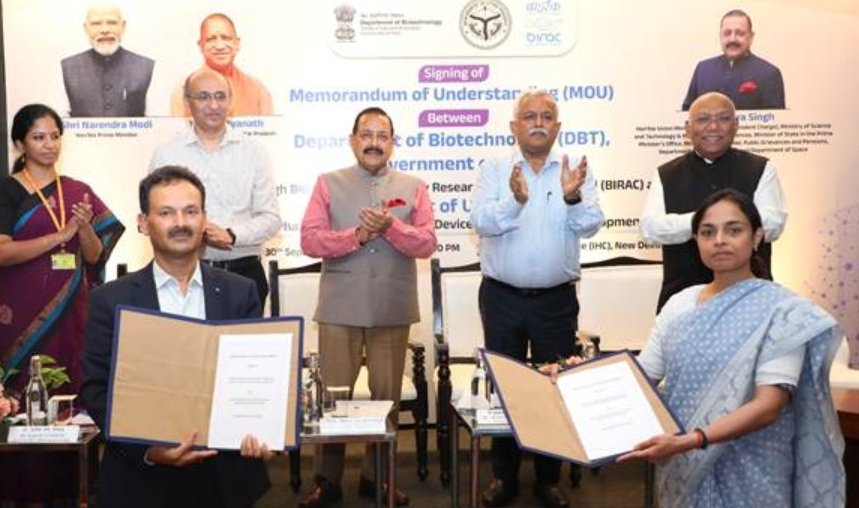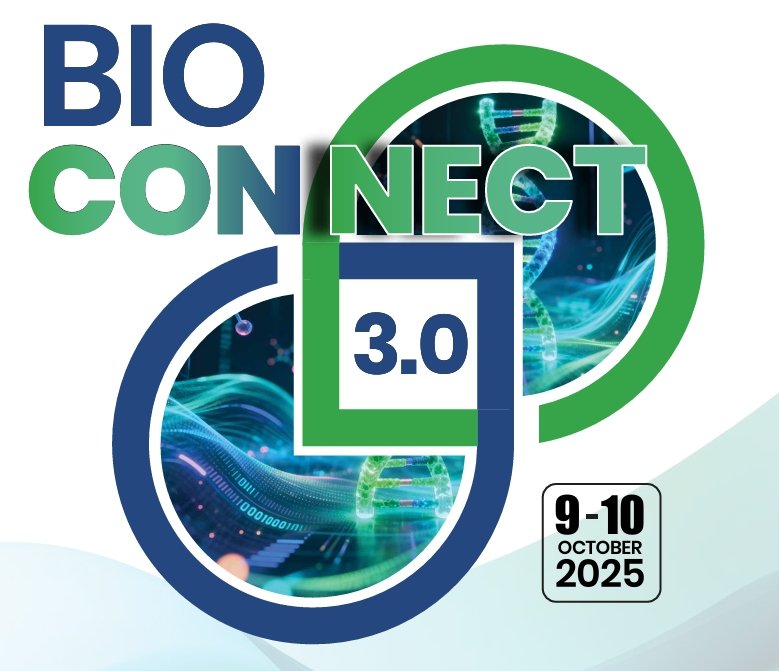“Multiple buyers are needed for maximum sensitivity, specificity�
October 07, 2009 | Wednesday | News
“Multiple
buyers are needed for maximum sensitivity, specificity”
 —Dr Jehangir
Mistry, director, R&D, Bioscience Division, Millipore
Corporation, US
Dr Jehangir Mistry is
the director, R&D, Bioscience Division, Millipore Corporation,
US. He leads Millipore’s Protein Research Assays Group, and
also has extensive experience as director of manufacturing, director of
automated systems and member of a business development team in his
earlier assignment. In an interaction with BioSpectrum, Dr Mistry
speaks about the gaining popularity of protein immunoassays in protein
research and drug discovery, developments and trends.
What is the
importance of biomarker immunoassays in life science industry?
—Dr Jehangir
Mistry, director, R&D, Bioscience Division, Millipore
Corporation, US
Dr Jehangir Mistry is
the director, R&D, Bioscience Division, Millipore Corporation,
US. He leads Millipore’s Protein Research Assays Group, and
also has extensive experience as director of manufacturing, director of
automated systems and member of a business development team in his
earlier assignment. In an interaction with BioSpectrum, Dr Mistry
speaks about the gaining popularity of protein immunoassays in protein
research and drug discovery, developments and trends.
What is the
importance of biomarker immunoassays in life science industry?
Biomarker immunoassays are becoming very popular for the measurement of
biologically important proteins that are either involved in the
etiology or could serve as markers of various diseases.
How can we address
the challenges posed by these diseases?
Diseases such as diabetes, cardiovascular diseases, infectious diseases
and cancer are of particular relevance for Indian researchers and drug
manufacturers, given the wide footprint of these diseases among
Indians. Other diseases include: autoimmune diseases, neurological
diseases (e.g; Alzheimer’s or Parkinson’s),
toxicity and others. Major pharmaceutical companies as well as many
academic clinical research centers are focused on identifying proteins
that would serve as biomarkers for the purpose of either prognosis,
diagnosis, monitoring drug efficacy, patient stratification, or risk
assessment. These proteins either circulate in the blood or are present
inside the cell.
How does Luminex xMAP
technology fit in here for protein biomarkers?
The MAP stands for Multiple Analyte Profiling and x stands for any
analyte of interest. The Luminex technology is based on polystyrene or
magnetic beads, which are 6 micron in size. Luminex created 100 (now
500) different sets of beads, each set having a unique fluorescent
signature. Each bead set can be used to conjugate an antibody to the
specific analyte of interest. The second antibody is biotin-labeled and
forms a ‘sandwich’ where the analyte binds between
the two antibodies. Streptavidin-phycoerythrin (SA-PE) then binds to
the biotin-labeled antibody. One can set up a multiplex immunoassay by
mixing various bead sets of interest to measure specific analytes in a
96-well microtiter plate as if setting up an ELISA. At the
end of the immunoreaction, the plate is inserted in the Luminex reader,
which has two lasers. The red laser identifies the bead set and also
the analyte. The green laser quantitates the amount of fluorescence
present on the SA-PE attached to the specific biotin-labeled detection
antibody, and thus quantitates the amount of analyte.
Millipore has strategically partnered with Luminex where it uses the
xMAP technology to develop, manufacture and commercialize multiplex
immunoassay kits for a broad range of protein biomarkers involved in
various diseases or research areas.
What are the benefits
and applications of protein multiplexing?
The major benefits of multiplexing include: lot more information at a
much faster rate; conservation of precious biological samples; and
reduced cost of analysis due to the reduction in labor, time and the
cost of reagents. The xMAP technology has several advantages over other
existing multiplex technologies such as planar arrays. The Luminex
beads are robust, easy to handle, and are easy to couple with
antibodies. The major benefit of the Luminex technology is the
flexibility of measurement of only the analytes of interest by mixing
only those bead sets to which antibodies to the specific analytes are
conjugated. Thus, the cost per analyte per sample is usually lower with
the Luminex technology compared to the planar array containing a large
number of analytes.
How does Millipore
support outsourcing?
Millipore not only provides the multiplex immunoassay kits to the
customers who already have the Luminex reader to run the kit in-house,
but also offers to run samples, and provide results for a fee to those
customers who either may not have the Luminex reader or are not
familiar with the technology, or simply may not want to invest in
resources to run the kit in-house.
What are the
significant developments and trends in protein research worldwide?
The core applications today for protein multiplexing include: studying
inter-relationships among biomolecules of similar function, structure
or tissue origin; for example, cytokines and hormone analysis;
elucidating intra-cellular signal transduction pathways, and related
biological mechanisms to understand disease pathophysiology. The next
frontier for multiplexing includes biomarker analysis and
validation. The fundamental concept is that multiple
biomarkers are needed for maximum sensitivity and specificity. A
significant amount of research is currently being done to evaluate the
molecular fingerprint of multiple markers with the most predictive
value.
Where does India
figure in the adoption of these developments and trends?
India has been making tremendous progress in science and technology,
and has attracted most foreign companies to invest in it due to its
highly educated and talented workforce.
Several Indian companies and academic institutes have either already
adopted the multiplexing technologies or are seriously considering it.
I am glad to be a part of the Millipore India team to help our
customers guide in making the decision of using the right technology
that meets their research needs.
Please tell us about
the portfolio of the protein assay group that you head.
My group is called the Protein Research Assays (PRA) group, and we are
a part of the Life Science business unit in the Bioscience Division
of Millipore. I head the R&D efforts for the PRA
group, where our focus is on establishment of a vertically integrated
system that develops novel recombinant proteins, antibodies and assays
(RIAs, ELISAs and Luminex-based multiplex assays) for metabolic
diseases (diabetes, obesity, cardiovascular, bone/cartilage
metabolism), inflammation and immunology, cell signaling, epigenetics
and neuroscience.
What are
Millipore’s future plans or focus areas in the protein assay
area?
In future, we will continue to expand and introduce novel assays in the
above disease/research focus areas. In addition, we have plans to
develop novel assays in the oncology, toxicity and stem cell research
area. Today, we have the broadest menu of panels and analytes
useful for studying metabolism, inflammation and immunology,
cardiovascular and bone disorders, neuroscience, toxicity and cell
signaling. We offer our customers, the flexibility of selecting any
analytes of their interest within a given panel. We also sell
the Luminex instrument and data reduction software. We have an
excellent technical support team, and we continue to work
closely with our customers to develop novel, cutting-edge assays/panels.
Are there any new
therapeutic areas you plan to enter?
Yes, we plan to significantly expand our multiplex portfolio in
neuroscience, cell signaling, oncology, stem cells and toxicity areas
in the coming years.
Jahanara Parveen


 —Dr Jehangir
Mistry, director, R&D, Bioscience Division, Millipore
Corporation, US
—Dr Jehangir
Mistry, director, R&D, Bioscience Division, Millipore
Corporation, US






